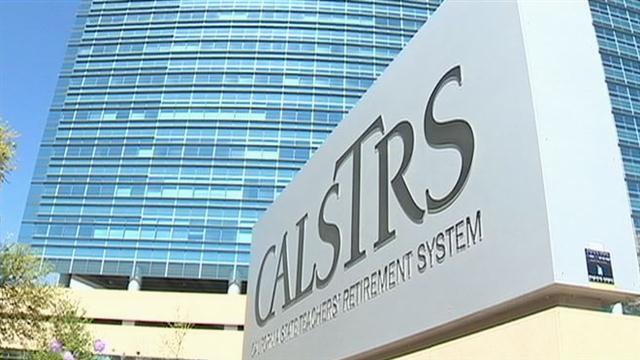Saddled with a massive debt on what is needed to meet its pension obligations the California State Teachers Retirement System (CalSTRS) added more than $4.0 billion to that debt in 2012 because it chose to underfund its so-called “catch-up” payment.
That is the conclusion reached by a study released this week by the California Public Policy Center. Using data from publicly disclosed financial reports – the most recent CalSTRS annual report as well as their most recent actuarial valuation and review – the study evaluated how much cash was actually contributed to the plan in 2012, including how much was contributed to pay down their unfunded liability.
During the fiscal year ended 6-30-2012 CalSTRS collected $5.8 billion from employees and employers to invest in their pension fund. Of this $5.8 billion, $4.7 billion was the so-called “normal contribution,” which was a payment to cover the present value of future pensions earned during 2012 by actively employed participants. The other $1.1 billion that was collected and invested in the fund was a “catch-up” payment to reduce the unfunded liability, which at the end of 2012 was officially estimated to be $71.0 billion.
Should Have Been 7 Times Higher
Using pension evaluation formulas and unfunded liability payback terms formally recommended by Moody’s Investor Services in April 2013, this study shows that if the “catch-up” payment is calculated based on a level payment, 20-year amortization of the $5.6 billion unfunded liability – still assuming a 7.50 percent rate-of-return projection – the 2012 catch-up payment should have been $7.0 billion per year, nearly seven times what was actually paid.
The study also shows that if the pension fund rate-of-return projection drops to 6.20 percent (the historical performance of U.S. equity investments, including dividends, between 1900 and 1999) the unfunded liability recalculates to $107.8 billion and the catch-up payment increases to $9.6 billion per year. At a rate-of-return projection of 4.81 percent (recommended by Moody’s), the unfunded liability recalculates to $154.9 billion and the catch-up payment increases to $12.2 billion per year.
Overly Optimistic, Aggressively Calculated
The conclusion of this study is that CalSTRS relies on optimistic long-term earnings projections and very aggressive unfunded liability repayment schedules in order to contribute the absolute minimum each year into their pension fund.
As a result, the study estimates their officially recognized unfunded liability actually increased during 2012 by more than $4 billion. If CalSTRS is required to even incrementally lower their rate-of-return projections – something that market conditions may eventually dictate – their funded ratio, which was already only 67.02 percent, will fall precipitously.
Internet Info
“Are Annual Contributions Into CalSTRS Adequate?”, California Public Policy Center: http://californiapublicpolicycenter.org/are-annual-contributions-into-calstrs-adequate/




